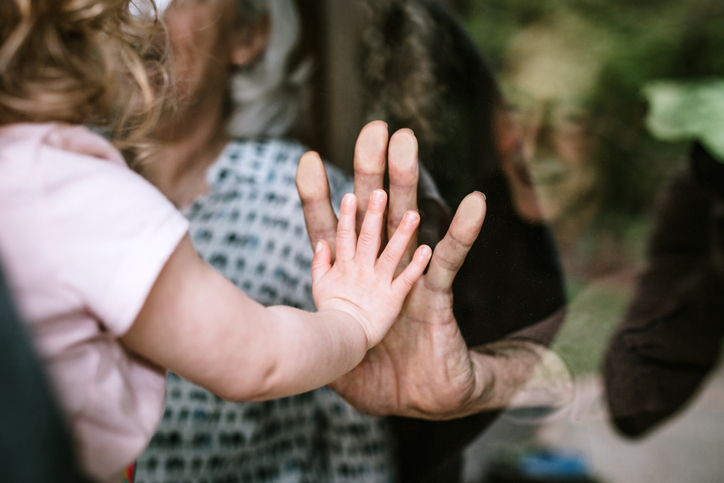Living with Chronic Pain
How to Prepare for Possible Hospitalization due to COVID-19

Many individuals with COVID-19 recover well at home, but some may need to be hospitalized. It is better to be prepared for possible hospitalization than to be caught off-guard, especially for individuals with chronic pain. Here are some preparation tips in case an emergency arises.
Designate a “point-of-contact” person
Designate a trusted friend or family member who will act as the point of contact in case of hospitalization for COVID-19. Ensure that they have a medication list, allergy list, and medical history for each individual or family member, along with physician names and phone numbers and any other relevant information.
Since hospital visitors may be prohibited or limited, having one person prepared to communicate with nurses and doctors via phone calls or video chats will make communication easier and more effective.
In case an individual is not able to make their own health care decisions at some point, it may be prudent to ensure that the designated contact person is someone who can make health care decisions for them, via a health care power of attorney. It is also important to discuss what type of care one would or wouldn’t want, including any extraordinary measures.
Pack a hospital “go bag”
Hospitalized individuals may need or want items from home, but family members or friends may not be allowed to bring them to the hospital. A “go bag” with essentials can easily be grabbed on the way to the hospital. Items to include in a “go bag” include the following:
- Relevant medical information — A “go bag” should contain a list of medications and dosages, list of any allergies, medical history, and names and phone numbers of physicians or pain specialists.
- A communication device — A means to communicate is essential for both the sharing of information and the prevention of loneliness. A cell phone, tablet, or laptop computer helps an individual communicate with loved ones while hospitalized. A charger, some portable batteries, and an extension cord should be included in the “go bag” in case an outlet is not near the hospital bed or the individual is unable to get out of bed to plug the device into an outlet.
- Personal items — A change of clothes, underwear, toothbrush, toothpaste, hairbrush, and any other pertinent personal hygiene items should be included.
- Pain-relief items — If certain devices or at-home treatments are used to relieve chronic pain, those should be packed as well. For example, instant ice or hot packs, a body pillow, or topical pain creams.
- Distraction items — One challenging aspect of COVID-19 hospitalization is boredom that results from isolation. Items, such as books, word searches, or coloring books and pencils, that can help pass the time during recovery should be included in the “go bag.”
Advice for caretakers: Prepare for their return home
Once an individual is discharged from the hospital, they most likely won’t feel “up to par” yet or be able to leave their home for an extended period. Family members or the designated contact person should make sure an adequate supply of prescription medications, over-the-counter medications, and non-perishable foods are available in the home. Physician phone numbers should be readily accessible in case questions or concerns arise.
Taking these steps to prepare for a possible hospitalization due to COVID-19 will help make a hospital stay more comfortable and eliminate some unnecessary hardships during a challenging time.
















